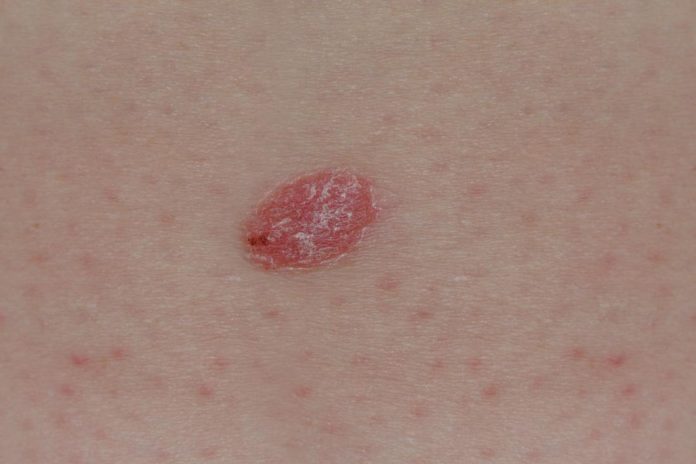What is Skin Cancer?
Skin cancer is the most dangerous and most common form of cancer across the globe. It can be distinguished as an abrupt growth of the cells of the skin, in most cases.
Three significant forms of skin cancer are:-
- Basal cell carcinoma
- Squamous cell carcinoma
- Melanoma.
Statistics say, two out of three individuals in Australia got diagnosed with skin cancer by the time they get to the age of seventy. UV rays are held responsible and are potentially the most significant cause behind this form of cancer disease. Skin cancer finds its route through the areas exposed to the sun; the primary areas include the scalp, face, lips, ears, neck, chest, arms and hands.
Therefore, you can reduce your risk of developing skin cancer by avoiding the exposure of your skin to sunlight. However, there is still a long list of the types of skin cancer which can take place on the areas well hidden from the UV rays.
Symptoms
Early detection of skin cancer can help to prevent its growth. Therefore, you must know the primary traits of skin cancer, so that you can self-analyze when your skin behaves abnormally. Basal cell carcinoma spreads through the skin, and it can be distinguished from its pearly or waxy bump-like patch on the outer layer; or, it can start from a flat lesion of brown or flesh colour.
Another type of skin cancer, Squamous cell carcinoma or SCC, mostly affects individuals with dark skin. If you are getting a sound module of red colour, or a flat, crusted surfaced lesion, which heals and returns on its nature, then you need to take that module seriously, as this could be a knock of SCC.
Melanoma is a different form of cancer from BCC and SCC, as it doesn’t stem from the skin’s epidermal layers. It can develop at any part of the body, even at spots hidden or covered against the sun. It initiates from a brownish spot surrounded by dark speckles. It can also appear as a mole that changes its colour, or size.
Treatments of Skin cancer
There are numerous methods to cure or eradicate BCC, SCC, and Melanoma. Skin Cancer needs your immediate attention, and we would recommend you get in touch with experts who deliver promising treatments such as the Sundoctors skin cancer clinic.
One of the most preferred treatments is Laser surgery and Radiation therapy.
For treatment, a beam of intense X-ray is directed on tumour or onto the skin which is diagnosed with BCC, SCC or Melanoma. X-rays vaporize extra cells without adversely affecting the surface of the skin. There are other lasers too, which can turn their energy into heat, and therefore, when subjected to the lesion, they can destroy the affected parts, leaving the healthy surface of the skin unharmed.
Though this treatment is prominent among surgeons, it has some side effects. Patients complain of dryness, blistering, itching, or peeling post-treatment. However, on a more severe side is the risk of re-contacting skin cancer.
Another method that is widely used to cure skin cancer is cryosurgery.
In this treatment, a spray device is used by the dermatologist. This spray aims to deliver liquid nitrogen to freeze the growing cells of the tumour. After the therapy, the targeted mole may turn into a blister and might fall off, leaving healthy skin behind to grow.
The potential after-effects of this surgery include bleeding, headache, hypopigmentation, blister formation, and hair loss. Another method that surgeons prefer is Mohs Surgery, in which the surgeon removes the mole and the affected skin along with the nearby tissues and skin layers to be more assured that the contamination of cancer cells won’t spread.
Like any other therapy, this surgery also leaves some side effects such as pain, burning sensation, bleeding and bruising, swelling, infection, and scarring.






















